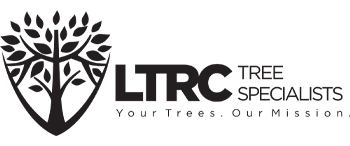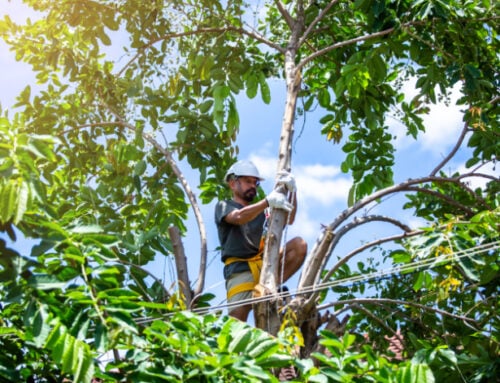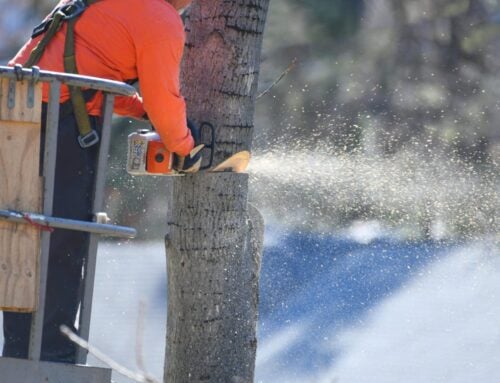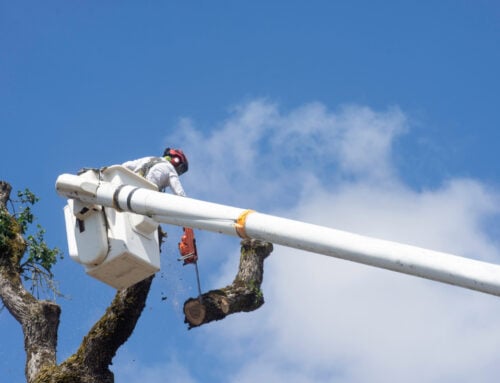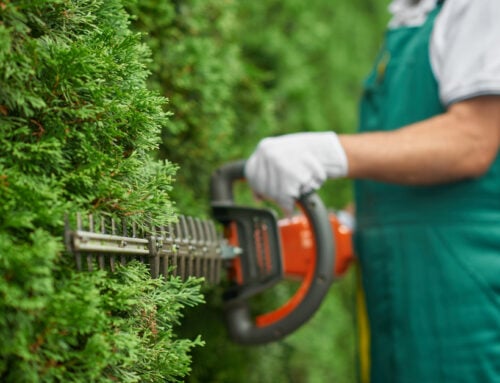Trees are an important part of the ecosystem. They help improve air quality, provide homes for wildlife, and can even increase property values. However, there are times that call for tree removal. Maybe it’s too close to your house and you’re worried about it falling over in a storm. Maybe it’s causing structural damage to your home or blocking sunlight from reaching your yard. Whatever the reason, there are a few different ways you can approach permanent tree removal.
Cutting it Down Yourself
 One method of tree removal is cutting it down yourself. This is only an option if the tree is small enough that you can safely cut it down without damaging anything or putting yourself or anything else in danger. You’ll need to rent or buy a chainsaw and you’ll need to have some experience using one. If you’re not sure how to properly operate a chainsaw, it’s best to leave this option to the professionals.
One method of tree removal is cutting it down yourself. This is only an option if the tree is small enough that you can safely cut it down without damaging anything or putting yourself or anything else in danger. You’ll need to rent or buy a chainsaw and you’ll need to have some experience using one. If you’re not sure how to properly operate a chainsaw, it’s best to leave this option to the professionals.
Have it Removed by a Professional
If you don’t feel comfortable cutting the tree down yourself or if the tree is too large, you can hire a professional tree removal service. This is usually the safest and most reliable option for tree removal. The company will come out and assess the tree and give you an estimate for how much it will cost to remove it. Some will also take care of disposing of the tree so be sure to ask about it if choosing tree removal services.
Killing a Tree With Herbicide
Another way to get rid of a tree is by killing it with herbicide. This method is less expensive than having the tree removed but it’s also more time-consuming because it can take several months for the herbicide to kill the tree. You’ll need to purchase herbicide specifically designed to kill trees and follow the instructions on the packaging carefully so you don’t damage anything else in your yard.
Negotiate With the Owner to Have it Removed
 If the tree isn’t on your property but is close enough that it’s causing problems, you may be able to negotiate with the owner to have it removed. This is usually only an option if you have a good relationship with the owner and if they’re reasonable people. You’ll need to explain why you want the tree removed and offer to pay for half or all of the cost of removal. If they agree, then you can hire a professional service to come out and remove the tree.
If the tree isn’t on your property but is close enough that it’s causing problems, you may be able to negotiate with the owner to have it removed. This is usually only an option if you have a good relationship with the owner and if they’re reasonable people. You’ll need to explain why you want the tree removed and offer to pay for half or all of the cost of removal. If they agree, then you can hire a professional service to come out and remove the tree.
The Break Down
There are a few different ways you can get rid of a tree permanently depending on your specific situation. If the tree is small enough, you may be able to cut it down yourself with a rented or purchased chainsaw. If the tree is too large or if you’re not comfortable cutting it down yourself, you can hire a professional tree removal service at an increased cost. Another option is killing the tree with herbicide, although this method takes longer as herbicide needs time to work its magic. Finally, if the problem tree isn’t on your property but is close enough that it’s causing issues, try negotiating with the owner for removal at your expense.
LTRC Tree Services
If you need a tree removed from your property, don’t try to do it yourself – call the professionals at LTRC Tree Services. We have the experience and equipment necessary for even the largest tree removal jobs. We’ll also take care of disposing of the tree so you don’t have to worry about it. Contact us today for a free estimate!
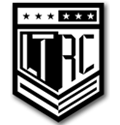
Contact Us For A Free Estimate!
